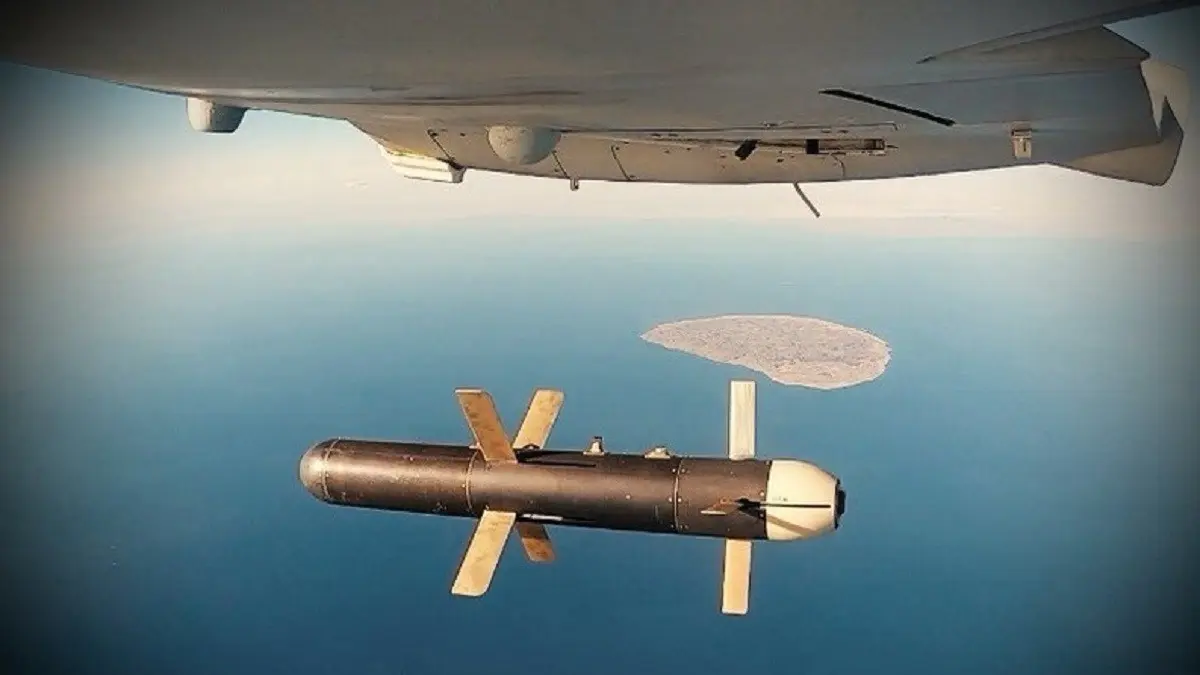Brussels (Brussels Morning Newspaper) – The deployment of a drone for a site survey on earthworks or civil construction projects yields precise information that may be used to monitor the development of the job. Although it is best for drone pilots to take to the skies on a sunny day, there may be times when you find yourself stuck in bad weather with your drone in the air at your workplace. Here, you’ll find advice on can military drones safely in rain.
Can military drones fly in rain? Let’s find out!
Drones aren’t water resistant or waterproof; thus, they can’t fly while it’s raining. However, other drone systems provide varying degrees of protection against water. The motor and the electrical components are essential.
Numerous pilots put their drones through their paces in wet conditions to see their capabilities. When planning a flight in damp or humid circumstances, there are several factors to consider, including whether the drone is wet.
What can you expect if you fly a drone in the rain?
Unluckily, one of the most frequent causes for a drone to crash or be lost is adverse weather conditions such as precipitation, excessive humidity, snowfall, or fog. The rain and fog induce a short circuit in the electrical components because of the moisture they provide. Even if the drone just falls on damp grass, there is still a possibility that it may short circuit.
The degree to which the drone is sensitive to the presence of water is determined by its design. Some of them have big air vents for flight control, and occasionally water may directly get into the copper windings in the electric motor. Other ones don’t have any air vents at all.
The drone can become uncontrolled if water makes its way to either the receiver or the flight control and joins the positive and negative poles. This would cause undesired control signals to be sent. If the water makes direct contact with the power distribution board, the electric motor, or the controller, a short circuit will be created due to the high current of the battery. This short circuit can cause the wires to melt, burn the components on the circuit boards, or fuse the rotor and the motor’s stator.
The majority of drones that are sold commercially come with some kind of casing for added protection. The construction of this casing and the degree to which it is sealed will influence whether or not the drone can come into contact with liquids such as water, rain, or fog. The IP code, “International Protection Marking,” is a common standard to define a product’s resistance against dust and water. It is part of the IEC standard 60529.
How to Check if your drone is water resistant?
First, look at the owner’s handbook for your drone. In most cases, the information on whether or not it is possible to fly in the rain or land on water may be found in the chapter titled “FLIGHT” under the heading “FLIGHT CONDITIONS.” Most water-resistant or waterproof drones have a detailed explanation of what they can do and instructions on landing or taking off from water.
If the instruction booklet does not include an IP code, look for it directly on your drone to see if it helps. Even if your drone is water-resistant or completely waterproof, you should still take care to prevent the batteries from becoming wet in the rain.
What other problems can come up when flying in the rain?
Drones may fail for a variety of other reasons than electrical shorts. The drone’s flying characteristics are altered when raindrops hit it. Drones, in general, fixed-wing drones in particular, are susceptible to stalling if their wings get wet. This is less of a problem for drones with spinning wings, such as a quadcopter, but you shouldn’t take the weight of the water on the surface for granted.
A pleasant, gentle summer rain isn’t the only kind of rain. It’s usually accompanied by wind and turbulence, making drone flying impossible. Look at this page for more reading on the subject: “Can drones fly if there’s a breeze?”
When flying in the rain, vision is another crucial factor. The drone should be kept in sight at all times. The “Come Home Button” should be used promptly if the drone is lost.
Read More: What Companies Make Drones For the US Military?
Conclusion
After going into extensive detail regarding howcan military drones fly in rain, we concluded that mosaicists are likely to fly only when the weather is ideal.
However, if you are a true drone enthusiast, you always have the option of waterproofing your drone. This may enable you to fly your aircraft in the rain and capture high-quality rain footage without worrying about the dangers we have been pointing out to you throughout this entire article.



